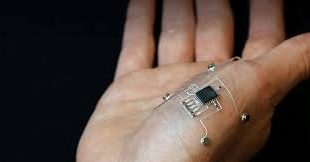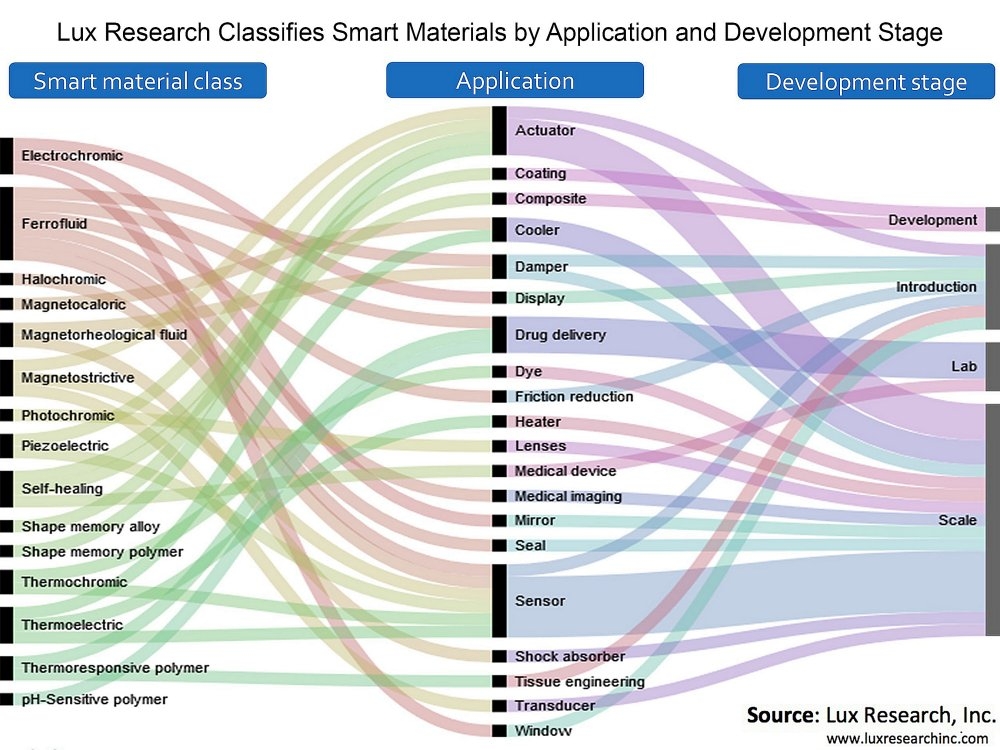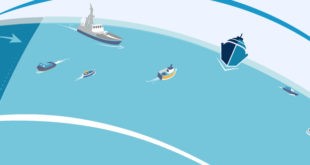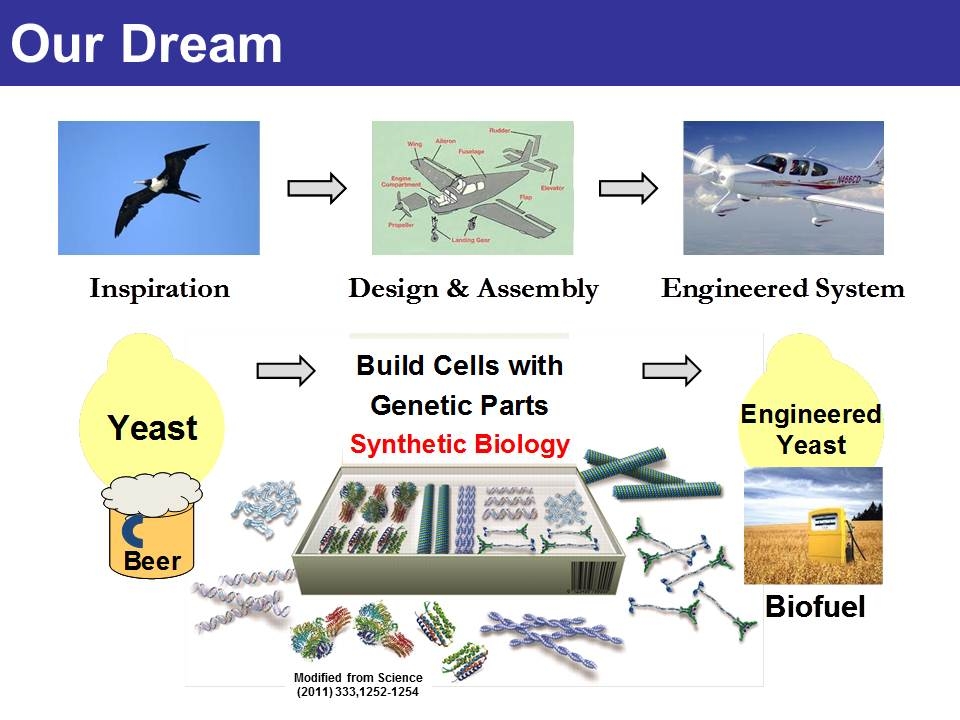Since the development of the field effect transistor in 1920s, the electronics industry has focused on high speed and large capacity devices such as microprocessors and random access memories. However, the recent emergence of personalized and mobile electronics has diversified the research efforts from performance-oriented research to human-friendly topics. Conventional bulky …
Read More »Optoelectronics technology trends and market
Optoelectronic technology is a new technology formed by the combination of photon technology and electronic technology. Optoelectronics is the field of technology concerned with electronic device application to the sourcing, detection and control of light. Optoelectronics is described as “a device that responds to optical power, emits or modifies optical …
Read More »Militaries developing Smart and Multifunctional materials and structures for morphing, self repair and cloaking
Smart materials or Active materials or Functional materials are designed materials that have diverse, dynamic features that enable them to adapt to the environment. They have one or more properties that can be significantly changed in a controlled fashion by external stimuli, the stimulus and response may be mechanical, electrical, …
Read More »Hydrophone and Hydrophone Array technology is enabler of Anti Submarine Warfare
A hydrophone is an underwater listening device, just as a microphone is used to detect sound in the air. Hydrophone detects sounds in the water and converts the acoustic energy into electrical energy by detecting changes in pressure in the surrounding environment. Hydrophones listen to sounds in the sea, but …
Read More »Aircrafts & Drones are becoming increasingly important for Anti-Submarine Warfare (ASW) missions
Three decades ago, only a handful of major powers had effective submarine capabilities but, today, fleets in operation around the world are growing rapidly. Emerging superpowers, like China, can add naval capacity equivalent to a European country’s in the space of a few years. The threat from submarines is serious …
Read More »High Frequency Surface Wave Radars (HFSWR) for Ship detection and tracking far beyond the horizon
In recent years organized crime in maritime regions has flourished, threatening both secure flow of goods from Exclusive Economic Zones (EEZ) and lives of participants in the marine operations. Security threats and humanitarian risks caused by trafficking (drugs, weapons, etc.), irregular transport of migrants, maritime terrorism or even piracy are …
Read More »Synthetic Biology is the core science for future Defence Technology, according to DARPA
Synthetic biology is the application of science, technology and engineering to facilitate and accelerate the design, manufacture and/or modification of genetic materials in living organisms, as defined by the European Commission. It envisions the redesign of natural biological systems for greater efficiency, as well as create new organisms as well as …
Read More »DARPA FENCE Event-based imagers or neuromorphic camera
An event camera, also known as a neuromorphic camera, silicon retina or dynamic vision sensor, is an imaging sensor that responds to local changes in brightness. Event cameras do not capture images using a shutter as conventional cameras do. Instead, each pixel inside an event camera operates independently and asynchronously, …
Read More »More Electric aircraft (MEA) and All Electric Aircraft to reduce carbon emissions, enhance energy efficiency and enable stealthy missions
The civil global aviation market has experienced considerable economic growth in recent years and will keep increasing. It is estimated that around 1300 new international airports will be required, and the commercial aircraft fleet will double by 2050, with a projected passenger throughput of 7.2 billion in 2035. This growth …
Read More »Ceramics materials for Military Body and Vehicle Armor and Aerospace applications
A ceramic is any of the various hard, brittle, heat-resistant and corrosion-resistant materials made by shaping and then firing a nonmetallic mineral, such as clay, at a high temperature. Common examples are earthenware, porcelain, and brick. With such a large range of possible options for the composition/structure of a …
Read More » International Defense Security & Technology Your trusted Source for News, Research and Analysis
International Defense Security & Technology Your trusted Source for News, Research and Analysis








